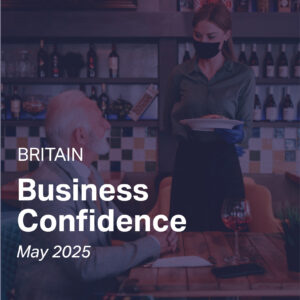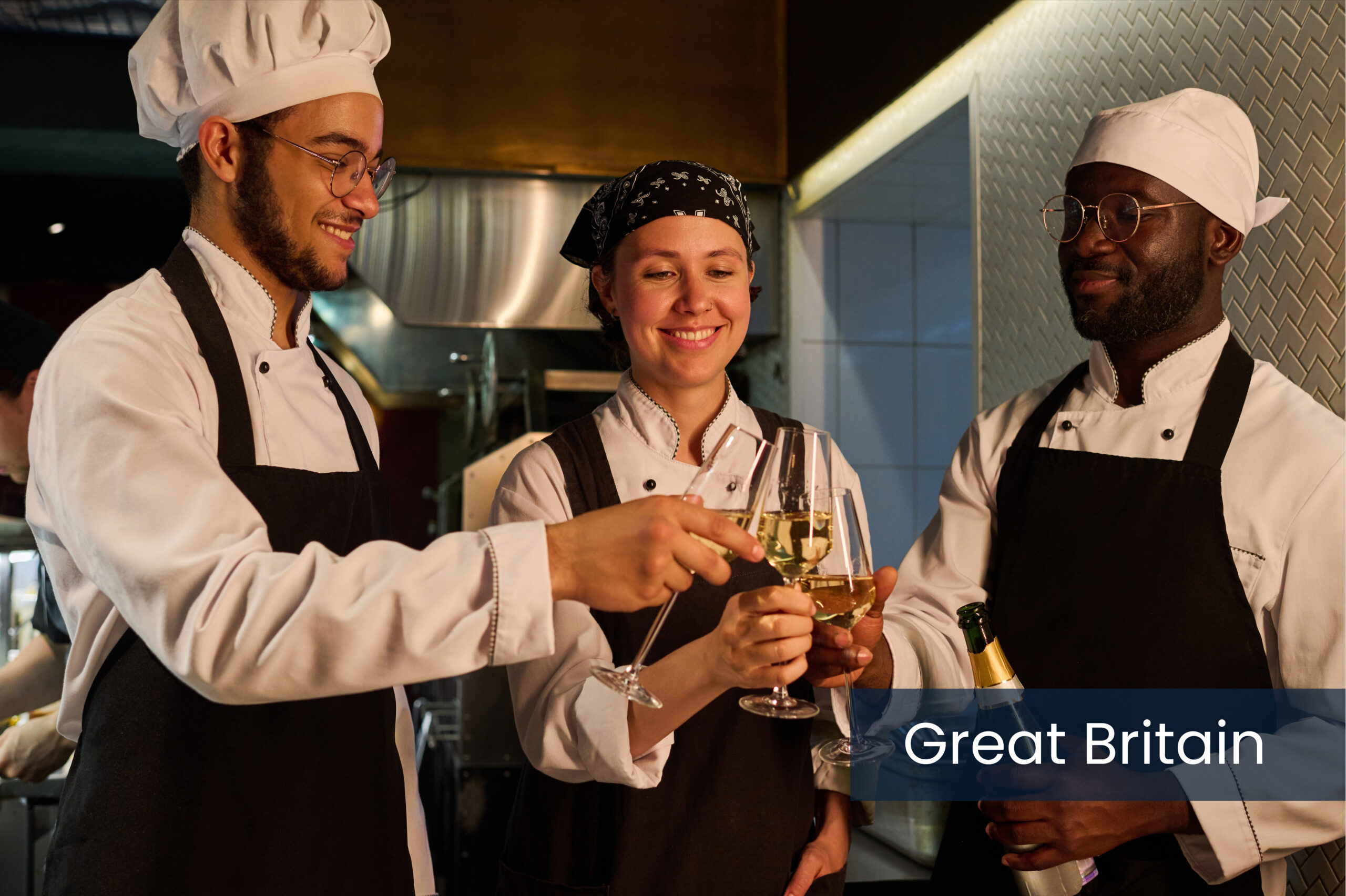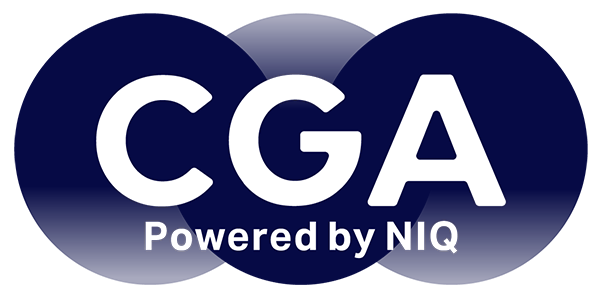
While Spring was the UK’s warmest and sunniest on record, some dark clouds have been gathering over hospitality. One of the biggest is the £3.2bn that UKHospitality estimates has been added to the sector’s wage bill by April’s changes to the National Living and Minimum Wages and National Insurance contributions.
CGA by NIQ and Sona’s latest Business Confidence survey reveals the significant and immediate impact of these measures. Four in five (80%) leaders say their hourly wage bills have significantly increased year-on-year, and employment costs are now their top concern for the next 12 months. Higher pay is one reason why 31% of leaders reported a drop in Q1 profits, while only 20% reported growth. This net negative of 11 percentage points is even greater than in November 2021, when the COVID-19 pandemic was still damaging hospitality.
A positive as well as negative
Employers’ extra NICs are a universally unwelcome burden. However, there are some wins to be found in the record increases to wage levels.
The Low Pay Commission estimated that in 2024, 6.5% of all UK workers were paid at or below the Minimum Wage, rising to 22% of those in hospitality jobs. With the hourly rate for workers aged 21+ increasing by 6.7%, and for 18 to 20-year-olds by 16.3%, youth-employing operators will certainly feel the impacts in their outgoings. But because hospitality is a top priority for disposable incomes, the sector is also well positioned to gain from an injection of cash.
In May, CGA by NIQ’s May Consumer Pulse survey found that 41% of UK-based respondents had received a pay increase in the previous three months. This is well above the national proportion of workers on the Minimum Wage, but an over-representation of younger people in the hospitality-going sample, and maintenance of wage differentials by employers, will be contributing to this increased distribution.
Cost of living pressures ease
Pay rises should help to ease the cost of living crisis—which bodes particularly well for hospitality. Three quarters (75%) of those who have recently received a pay increase say eating and drinking out is a fundamental activity of theirs, so it seems likely that some of their extra cash is destined for the tills of pubs, bars and restaurants. Because they provide 54% of all sector visits, these pay rise recipients are extremely valuable.
CGA by NIQ’s consumer research reveals further positive trends. While spending among those on static wages is in net decline, with 21% spending more than usual compared to 25% spending less, the picture for the cohort who have received a pay rise is much rosier. More than a third (35%) say they are spending more than usual—over double the 16% who are spending less. These consumers are also more likely to have increased their purchase volumes, premiumisation and celebratory occasions. By stark contrast, the only over-indexing driver among those on static wages is the increasing cost of food and drink.
Similarly, people who have received pay rises are more likely than average to have increased the frequency of their visits. More disposable income is their top reason for doing so, but they are also nearly three times more likely to say they want to support hospitality—another reminder that they are passionate about the On Premise.
A brighter outlook
There are very encouraging signs that consumers will continue to loosen their spending. A third (33%) of those who have received pay rises in the last quarter plan to increase their hospitality visit frequencies even further, compared to only 14% of those whose wages have stayed the same. The long-running Consumer Confidence Index from GfK (an NIQ company) supports this optimism, with May’s score rising three points from April. The index of estimations of personal financial situations over the next 12 months has risen even faster, by five points month-on-month.
This is not to downplay the enormous challenges facing hospitality at the moment. Relentless cost increases mean margins are tight and many businesses are vulnerable. But at a time when confidence is in short supply, the growing incomes of many consumers bring hope that trading is primed to improve. The optimists among us will believe that warming sentiment can lead to a bounceback in spending in the second half of 2025 and beyond.
CGA by NIQ provides a best-in-class suite of research to help On Premise stakeholders understand the latest industry trends. It delivers in-depth analysis of channels, occasions, segments, pricing and much more, with bespoke brand level views for supporting individual strategies. For more information, Contact CGA by NIQ Experts here.



